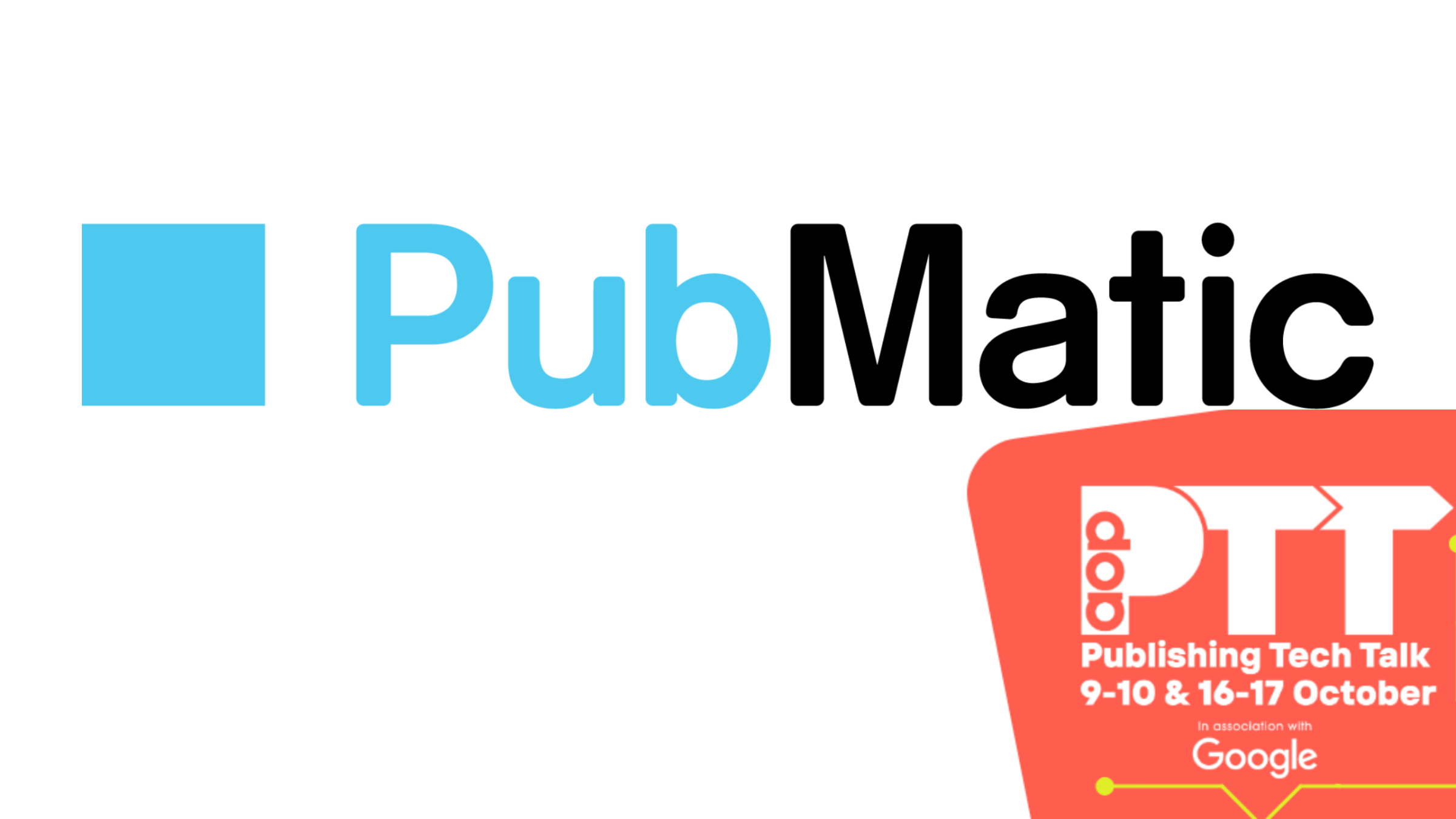
Navigating the Future of Video Monetisation
Published: 08 Oct 2024
Author:
Fabiano Fonseca
Video advertising is shaping the digital landscape. According to IAB UK's AdSpend Study, video now accounts for 61% of digital display, contributing £6.9 billion in spend. This scale presents a sizeable opportunity for publishers to increase revenue through effective video monetisation. However, the challenge lies in standing out in a crowded market by offering exceptional viewing experiences, top-quality content, and innovative advertising opportunities.
Todays’ consumers have countless options for video content, and publishers work hard to produce engaging content that attracts and retains audiences. Meanwhile advertisers looking to target these audiences must navigate a complex array of platforms and devices, each with unique capabilities for audience targeting. To add to the complexity, the popularity of different publishers and platforms is in constant flux, making strategies that worked last month potentially ineffective today.
Addressing these challenges requires a holistic approach to video advertising. However, for media buyers to make informed decisions, issues like inconsistent measurement, restrictive buying options, and a lack of transparency need to be resolved. Only then can a fair evaluation of all video advertising opportunities be achieved.
In 2023, the IAB Tech Lab updated its Video Ad Format guidelines to provide a streamlined breakdown of video ad placements. This update aimed to help media owners and buyers accurately identify publisher inventory and optimise monetisation as video advertising evolves. Publishers who often invest heavily in video production are eager to maximise the ROI of their content. Embedding relevant video within text articles is one way to achieve this. In the past, placement labels made it difficult to distinguish this type of content from standard outstream formats. Now, with the updated guidelines in place, publishers can clearly define these placements in programmatic auctions, enhancing transparency and monetisation.
The rise of programmatic trading in video advertising has made inventory more accessible, providing buyers and sellers with data-driven insights to optimise yield and ROI. However, an over-reliance on programmatic trading risks commoditising premium inventory and shifting the focus from quality to price, ultimately undermining the effectiveness of video advertising.
To counter this, publishers and advertisers should prioritise curation strategies that emphasise quality over quantity and price. Curation not only preserves the value of premium inventory but also gives advertisers and publishers greater control over transactions, particularly when facilitated by sell-side platforms (SSPs) that offer more than just basic deal curation.
When selecting an SSP partner for curation, publishers and advertisers should assess the platform’s ability to:
Focusing on these factors allows SSP curation to attract advertisers, maximise publisher revenue, and uphold high standards of quality and trust within the programmatic video ecosystem. This interconnected approach ensures that brands can effectively engage with their audiences and optimise advertising efforts in an ever-changing landscape.
Competition for consumer attention and advertising budgets is fiercer than ever. To succeed in this environment, publishers must create exceptional content experiences and develop innovative ad formats that complement their premium content while delivering meaningful results for advertisers.
Interactive and shoppable ad formats are leading this innovation, offering brands new ways to engage audiences creatively and dynamically. Although many brands are cautiously adopting a test-and-learn approach, the potential of these formats is substantial. By embracing creative innovation, publishers can stand out in a crowded market and provide advertisers with the tools they need to connect with audiences more effectively.
Additionally, advertisers and publishers must establish strong partnerships to gain a deep understanding of each other’s goals and objectives. This nuanced yet scalable approach allows brands to connect with the right audiences in meaningful ways, encouraging the flow of advertising budgets into the total video ecosystem.